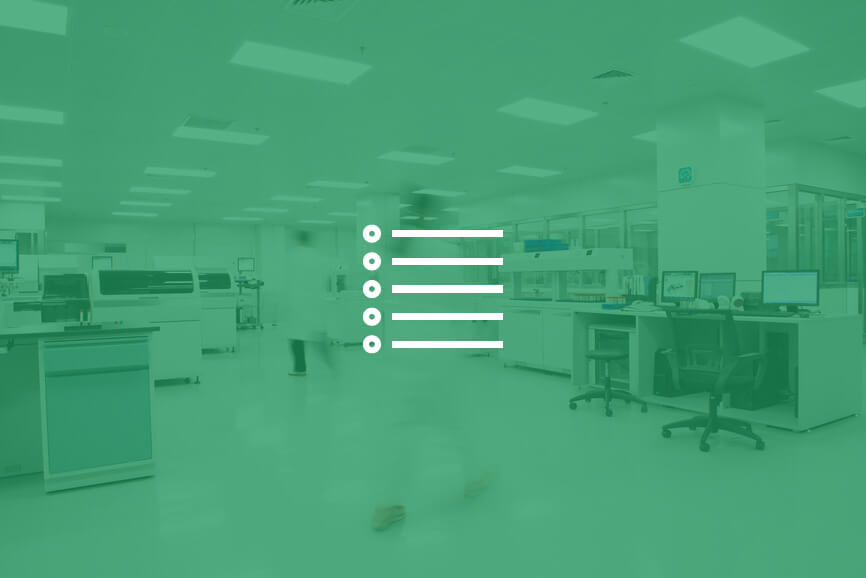Total Joint Advancements Come with a Hefty Price Tag
Total Hip and Knee Replacement surgery is a well-researched specialty so there is a lot of information out there about techniques and advancements. This makes it difficult for healthcare leadership to decide which programs to invest in. A major point worth considering is the surgeon’s stance on the use of newer large-console assisted surgery devices CAS (robotics). These systems can cost upwards of $2 million dollars. A striking comparison to the tried, true, and less expensive handheld navigation techniques.
Over the past two decades, CAS navigation techniques have started to become a standard in orthopedic surgery. This process typically relies on obtaining MRI or CT scans that can then be used by the implant manufacturing team to measure and customize the hardware for the specific patient. These scans can also be used by the provider to more accurately plan and perform the surgery. Navigation might also refer to smaller handheld devices similarly used to accurately measure anatomy and guide surgical procedures.
Robotic-assisted techniques are relatively new. They are very similar to, and sometimes confused with, navigation techniques. A reason for the confusion is that robotics typically involves the use of navigation as a starting point. The real difference comes into play in the OR. Will the surgeon use a large machine to perform the procedure or will they use a handheld device instead?
Is Navio Alone Enough? Or Do I Need a Robot Too?
The confusion between these two techniques is explored in this 2018 publication of a moderated discussion between two Orthopedic Surgeons. Dr. Steven J. MacDonald explains it best throughout the discussion with Dr. Steven B. Haas. He points out that current research-based evidence from PubMed describes the benefits of navigation and there is not enough proof that robotics provides better results than navigation-only techniques. Both providers agree toward the end of the discussion that the cost of robotics will have to come down in order to have a chance at becoming widely accepted.
Robotic surgery has great promise, but at the present time, the high cost of the equipment and lack of outcome data supporting that it is superior to traditional surgical methods makes it difficult to quantify the return on investment.
Schedule A Call With a PRO Expert!
Need more help with your PRO related questions? CODE can help! Schedule a call with a CODE expert today to get you on your way to better harnessing your patient reported outcomes.



